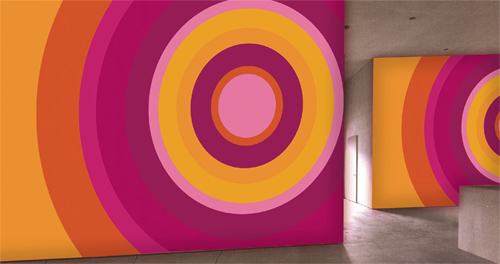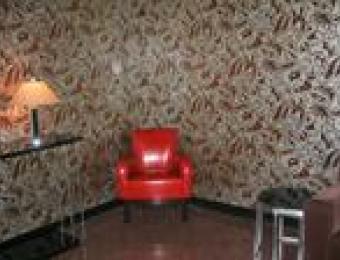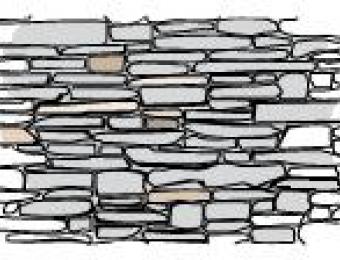
Image courtesy of Aussie Murals.
A feature wall is a particular wall in a room that is used to add liveliness and character to the area. It is meant to be the focal point of the room, designed to draw people into the space. They are particularly favoured for defining spaces in open-plan layouts and breaking the monotony of rooms painted in neutral colours. This type of interior wall is fast gaining popularity amongst homeowners who want to revitalise their living areas with a splash of colour.
Where should I install a feature wall?
There are a number of areas that may benefit from a feature wall, including the entrance of the house, the living room, and the bedroom. The main idea is to make a statement and highlight interesting angles or spaces in the room. An ideal feature wall should be unbroken by doors or windows for maximum impact. Besides that, walls that already have some architectural significance to them (walls behind fireplaces, built-in bookshelves, beds) naturally draw the eye and are good candidates for feature walls.
How do I create a feature wall?
Feature walls work best in rooms that have a predominantly neutral colour scheme, as they can set the mood for the entire area. If positioned correctly they can also be used to great effect in older, more ornately decorated homes as well. The easiest and cheapest way to create a feature wall is simply to use paint - you can paint the wall in various different styles and colours to suit your interior decorating. Other materials include wallpaper, stone, tiles, and even rendering can be used.
Colour
Colour has a big impact on the overall tone of your living space, so choose wisely when designing your feature wall. Bold colours work well for feature walls at high traffic areas like house entrances and living spaces to draw the attention of visitors. In contrast, for rooms where you spend a lot of time like the bedroom, a more subtle hue is generally preferred. The easiest way to choose a good colour for your feature wall is to find colours that match or complement things that already exist in the room, such as couches, furniture or rugs.
Lighting
Available lighting is also something to consider when selecting your colour, as the effect of the feature wall may vary depending on the light. For that reason, it's always a good idea to do a spot test with your chosen colour and observe it at different times of the day, instead of doing a full overhaul and regretting it later. Dark colours will make the feature wall appear closer and make the room seem more intimate, while lighter shades will make the wall recede and give the room a more spacious feel.
Texture
Texture can also really give a feature wall definition, especially with materials such as stone or tiles. Stone wall cladding using materials like sandstone and granite is a popular option for classy, timeless feature walls, especially if used over a fireplace. You can even create interesting textures and designs with render on your feature walls if you prefer.
Most importantly, feature walls are best used sparsely to create a greater visual impact. Having too many or even overly complex feature walls will go too far and jar the senses instead of simply evoking interest. You may want to consult some interior decorators if you are unsure of how to use a feature wall to its maximum advantage.





